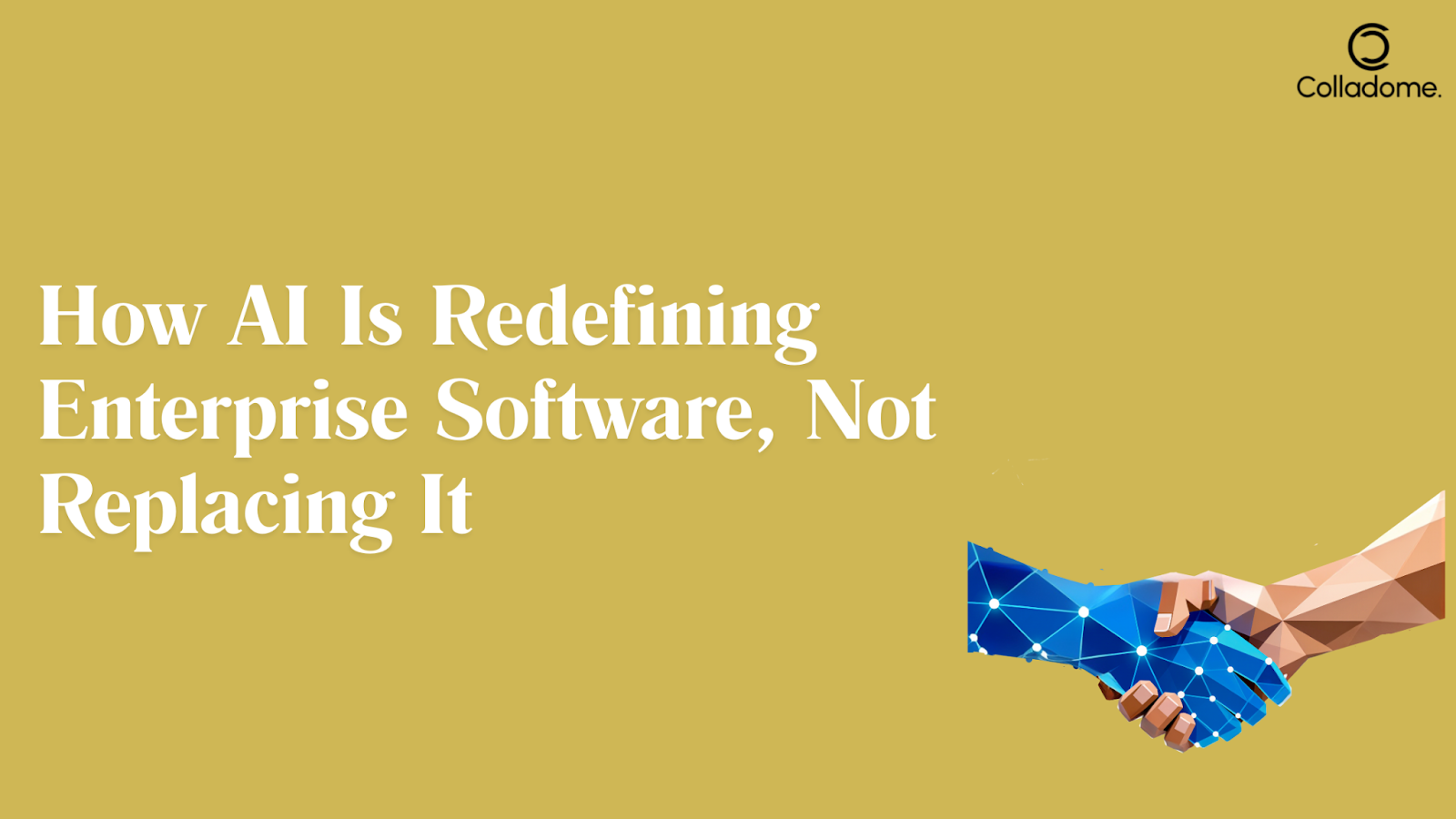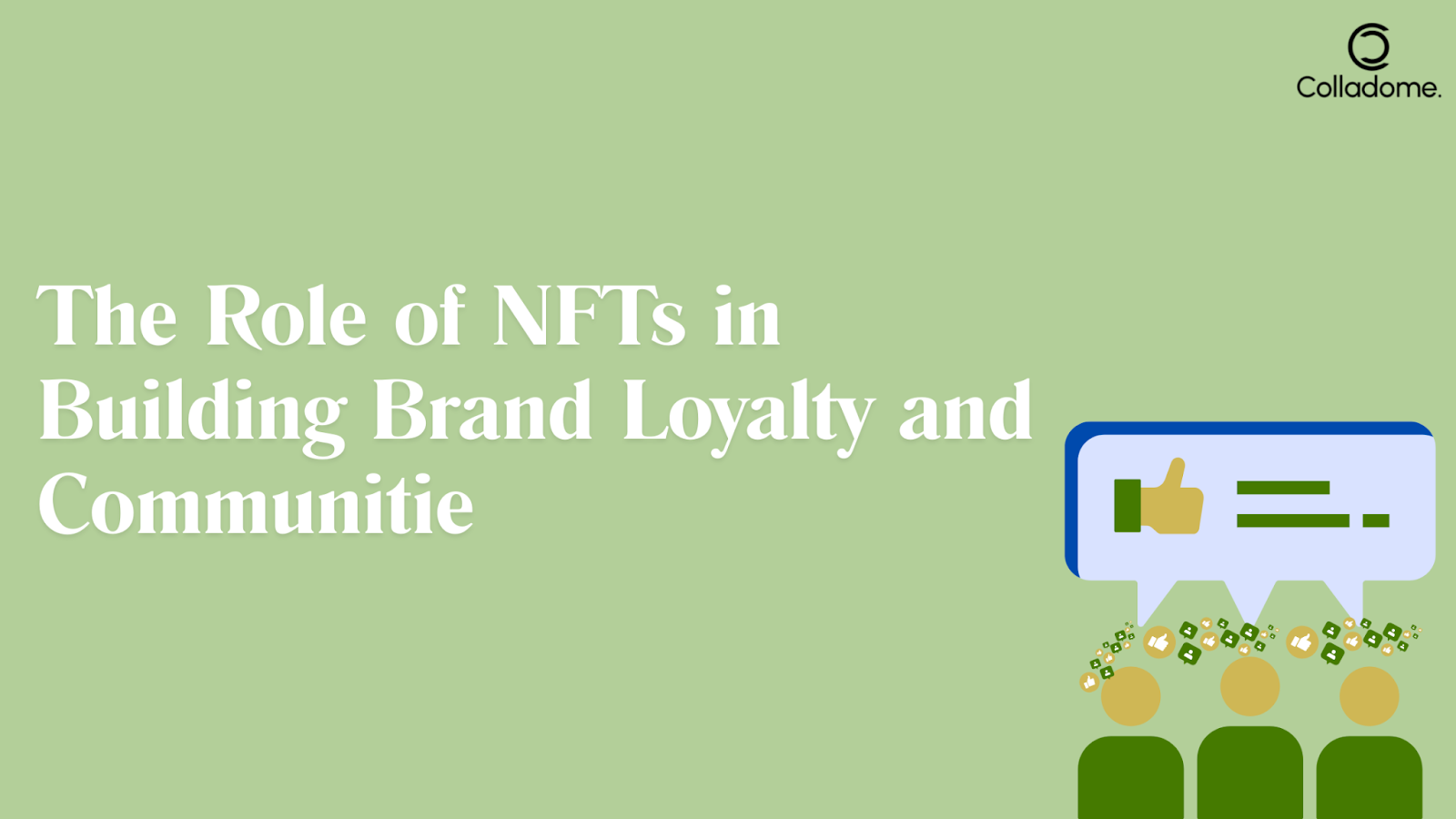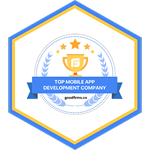In today’s fast-paced digital marketing landscape, staying ahead isn’t just a nice-to-have—it’s essential. This is especially true for B2B companies, where the competition is fierce, and the need for strategic online presence is crucial. A top digital marketing strategist is the secret weapon that can transform stagnant growth into explosive success. These experts craft customized strategies that not only attract the right audience but also build lasting relationships with other businesses.

The key to success in B2B marketing lies in understanding your audience, creating meaningful content, and using data-driven insights to refine your approach. Digital marketing tips can only take you so far; it’s the marketing strategies backed by in-depth research and analytics that make the real difference. For example, account-based marketing (ABM) has been a game-changer for many companies, delivering higher conversion rates and ROI compared to traditional marketing. In fact, 84% of B2B marketers say that ABM provides a higher return on investment (ITSMA).
According to Gartner, 79% of B2B marketing leaders see digital transformation as key to their future success, indicating that businesses are increasingly prioritizing digital strategies over conventional methods. Moreover, companies using personalization in their campaigns have seen 5-8x ROI (Harvard Business Review). These figures show that top digital marketing strategists are essential to not only implementing effective strategies but also staying ahead of industry trends.
So, whether you’re a seasoned pro or a newcomer looking to become the best digital marketing strategist for B2B success, embracing the latest tools, trends, and techniques is the way forward.
What is a Digital Marketing Strategist?

A digital marketing strategist is like the mastermind behind a company’s online success. Their job is to blend data analysis, creative insights, and market research into a seamless strategy that resonates with the target audience. Whether it’s designing campaigns, analyzing customer behavior, or measuring performance, a good strategist ensures that all marketing efforts align with the business goals.
In the B2B world, the role of a digital marketing strategist becomes even more nuanced. It’s not just about attracting consumers; it’s about connecting one business with another. This requires a deep understanding of the B2B marketing landscape, which is often more complex and involves longer decision-making processes. Unlike B2C, where emotions and instant purchases drive decisions, B2B marketing focuses on relationship-building, nurturing trust, and demonstrating value over time.
A strategist’s job in B2B marketing is to craft meaningful campaigns that speak directly to business decision-makers. Whether through account-based marketing (ABM), personalized content, or targeted outreach, they aim to engage the right audience with the right message at the right time.
To add to this, 83% of B2B marketers say content marketing is a key part of their strategy, driving higher lead generation and better customer retention rates. So, a digital marketing strategist in the B2B space is absolutely essential for building long-term relationships and ensuring consistent growth.
TOP 10 SUCCESSFUL DIGITAL MARKETING STRATEGIES :
1.Content Marketing

- What: Content marketing involves creating and distributing valuable content that attracts, engages, and nurtures potential customers.
- Why: This strategy works because it builds trust and authority. Business decision-makers often seek insights and helpful content before purchasing. By providing useful blogs, videos, case studies, or whitepapers, you can become a trusted resource.
- How: Start by identifying your audience’s pain points. Then, create content that addresses those needs. Use SEO techniques to ensure your content ranks well in search engines. Don’t forget to include calls to action (CTAs) and lead magnets like eBooks or templates to capture leads.
2. Search Engine Optimization (SEO)

- What: SEO is the process of optimizing your website and content to rank higher in search engine results pages (SERPs).
- Why: Higher rankings = more organic traffic. In the B2B space, SEO helps you get discovered by potential clients actively searching for solutions to their problems.
- How: Optimize your website with targeted keywords, enhance site speed, and improve user experience (UX). Focus on both on-page SEO (title tags, meta descriptions, etc.) and off-page SEO (backlinks). Utilize tools like Google Analytics or SEMrush to track your progress.
3. LinkedIn Marketing

- What: LinkedIn is the go-to platform for B2B marketing and networking. It allows you to build connections, engage with potential clients, and showcase your business expertise.
- Why: With LinkedIn, you have access to a highly targeted professional audience, and it’s one of the best platforms to generate B2B leads.
- How: Start by optimizing your company profile, then regularly share valuable content. Engage in LinkedIn groups and personal outreach through messages. Leverage LinkedIn Ads to reach a highly specific audience, using tools like LinkedIn Sales Navigator for lead generation.
4. Email Marketing

- What: Email marketing involves sending targeted messages to your audience to nurture relationships, promote offers, and keep your brand top of mind.
- Why: Email marketing is one of the highest ROI strategies because it allows you to personalize your communication and directly reach your audience.
- How: Build a segmented email list. Use automated workflows to send timely emails, like welcome sequences or abandoned cart reminders. Craft compelling subject lines and CTAs, and track your metrics (open rates, click-through rates) to refine your approach.
5. Pay-Per-Click (PPC) Advertising

- What: PPC advertising allows you to place ads on search engines or social platforms, paying only when someone clicks your ad.
- Why: PPC is effective for immediate visibility and targeting highly specific keywords or audiences. It’s great for generating quick traffic and B2B leads.
- How: Platforms like Google Ads, Bing, and LinkedIn offer targeted PPC options. Start by creating ads around keywords that reflect the pain points or solutions your business addresses. Continuously optimize your campaigns by analyzing metrics like CPC (cost per click) and conversion rates.
6. Social Media Marketing
- What: Social media marketing leverages platforms like Twitter, Facebook, and Instagram to promote your business, engage with customers, and build a community.
- Why: Social media lets you connect with a wide audience and engage with them in real-time. It’s also great for brand awareness and building long-term relationships.
- How: Create a content calendar for regular posts that educate, entertain, or inspire. Use hashtags, run contests, and encourage audience interaction. Use analytics to find the right posting times and content types that resonate with your audience.
7. Video Marketing
- What: Video marketing is using videos to promote your product, service, or brand. This can include everything from product demos to customer testimonials.
- Why: Video content is highly engaging and easily consumable. B2B buyers often prefer video over text because it helps explain complex solutions more clearly.
- How: Start by creating short, high-quality videos showcasing your products, customer stories, or educational content. Post these videos on platforms like YouTube, LinkedIn, and even your website. Don’t forget to optimize for search by using SEO in your video titles, descriptions, and tags.
8. Influencer Marketing
- What: Influencer marketing involves partnering with industry influencers to promote your brand to their audience.
- Why: Influencers already have the trust and attention of their audience, and when they recommend your product, it can drive qualified leads.
- How: Identify industry influencers with an engaged following. Reach out to them with a mutually beneficial partnership, whether that’s via sponsored posts, affiliate marketing, or product reviews. Track the impact using tools like Google Analytics or UTM parameters.
9. Referral Marketing
- What: Referral marketing encourages your current customers to refer your product or service to others, often in exchange for rewards.
- Why: Referrals are one of the most trusted sources of new business. B2B buyers tend to trust word-of-mouth recommendations over traditional advertising.
- How: Create a referral program that incentivizes current customers to refer your business to others. Offer rewards such as discounts, free consultations, or exclusive content. Make it easy for customers to share with tools like referral software.
10. Retargeting Campaigns
- What: Retargeting, or remarketing, involves showing targeted ads to people who have previously visited your website but didn’t convert.
- Why: It’s an effective way to re-engage potential leads who showed interest but didn’t take action. Since they’ve already interacted with your brand, they’re more likely to convert on subsequent visits.
- How: Use platforms like Google Ads or Facebook Ads to set up retargeting campaigns. Create compelling ad copy that encourages visitors to return and finish the action, whether that’s filling out a form or completing a purchase. Track conversions and adjust your ads accordingly.

Why Proven B2B Marketing Strategies Matter
The B2B landscape is complex. Decisions are longer, stakeholders are numerous, and trust is critical. A great strategy cuts through the noise, connects with decision-makers, and delivers measurable ROI. Let’s explore how top companies use these strategies effectively.
Case Study 1: HubSpot’s Inbound Marketing Mastery
HubSpot revolutionized B2B marketing by focusing on inbound strategies. Instead of chasing leads, they created a content-driven funnel that attracted businesses organically. By offering high-value resources like eBooks, blogs, and webinars, they positioned themselves as a thought leader. The result? HubSpot’s revenue exceeded $1 billion in 2021, demonstrating the power of inbound marketing.
Case Study 2: IBM’s Account-Based Marketing (ABM) Approach
IBM embraced account-based marketing to target large enterprises with personalized campaigns. By tailoring content and outreach to specific accounts, they achieved higher engagement rates and increased customer retention. For example, a targeted campaign aimed at the healthcare sector helped IBM secure multiple multimillion-dollar contracts .
Implementing Proven B2B Marketing Strategies can transform your approach, whether you’re a seasoned expert or just figuring out how to be a top digital marketing strategist. Here are two impactful strategies to focus on:
1. Invest in Personalization
Think of personalization as the secret sauce. Companies like Salesforce are pros at this. They leverage customer data to create tailored solutions for their clients. For example, Salesforce uses AI-powered tools that analyze customer needs, suggesting specific solutions that meet their goals. The result? A 20% higher close rate. The key is understanding your audience at a granular level—who they are, what they need, and how you can solve their pain points better than anyone else. Personalized marketing shows customers that you “get” them, which builds trust and boosts conversions.
2. Leverage Data Analytics
Data isn’t just numbers—it’s a goldmine of insights. Amazon Web Services (AWS) does this brilliantly. They dive deep into usage trends, tailoring offers for different industries like manufacturing or finance. This laser-focused approach ensures their campaigns hit the mark every time. Analytics help you refine your efforts, identify untapped opportunities, and create offers that your audience can’t resist.
In a nutshell, personalization and data-driven strategies are non-negotiables for B2B success. Start small, test, and iterate—before you know it, you’ll be driving measurable results and turning prospects into loyal customers.
| Strategy | Example | Outcome |
| Personalized Campaigns | Salesforce AI-driven recommendations | 20% increase in close rates |
| Account-Based Marketing | IBM’s healthcare-focused outreach | Multimillion-dollar contracts |
Facts and Figures About B2B Marketing Success
Key Statistics
- 70% of B2B buyers state that content marketing influences their purchasing decisions (Content Marketing Institute).
- Companies that implement ABM see a 200% increase in ROI compared to traditional marketing (ITSMA).
| Metric | Value |
| Content Marketing ROI | 300% improvement (on average) |
| Conversion Rates with ABM | 200% higher than traditional methods |
For more insights, check out Content Marketing Institute’s report.
The Future of B2B Marketing Strategies
The landscape of B2B marketing is rapidly evolving, driven by technological advancements, shifting consumer behaviors, and an emphasis on sustainable practices. Here’s a closer look at what the future holds:
AI and Automation: The New Frontiers
Artificial Intelligence (AI) is set to transform B2B marketing. Tools like ChatGPT streamline content creation, while predictive analytics enhance decision-making. AI enables hyper-personalized strategies, crafting tailored experiences for individual stakeholders. For example, machine learning optimizes email campaigns, boosts lead scoring accuracy, and provides real-time engagement insights. In 2024, chatbots are expected to play a pivotal role, with projected market growth from $12 billion in 2023 to $72 billion by 2028, thanks to advancements in natural language processing (NLP) technologies.
Embracing Sustainability
Sustainability is not just a trend—it’s a necessity. Businesses are increasingly aligning their messaging with eco-conscious values, showcasing environmentally friendly practices and products. This approach resonates with decision-makers who prioritize corporate social responsibility (CSR). A focus on sustainable supply chains and ethical marketing can bolster brand trust and loyalty.
The Power of Video and Interactive Content
With video projected to make up 80% of all internet traffic by 2024, its role in B2B marketing cannot be overstated. Platforms like LinkedIn and TikTok are witnessing an uptick in short, authentic videos that simplify complex concepts. High-quality, interactive videos—such as tutorials and product demos—enhance engagement. Interestingly, vertical and mobile-friendly formats are now more impactful, reflecting the consumerization of B2B buyer behaviors.
Personalization at Scale
Hyper-personalization, powered by data and AI, goes beyond relevance to anticipate customer needs in real-time. Dynamic content, personalized email campaigns, and one-to-one video outreach are now vital for capturing and retaining attention. Businesses using tools like Salesforce and Demandbase see increased conversion rates and customer loyalty through such methods.
Emerging Channels and Community Building
Social platforms like TikTok and Instagram Reels are gaining traction in B2B marketing, especially with younger decision-makers entering the workforce. Moreover, creating niche brand communities provides a steady stream of ethically acquired first-party data while fostering loyalty and engagement. Successful examples include Slack-based groups and industry-specific forums that encourage meaningful interaction.
Takeaways for 2024
To thrive, B2B marketers should:
- Leverage AI for personalized, scalable campaigns.
- Prioritize sustainability in messaging and actions.
- Harness the potential of video across platforms.
- Build communities for long-term engagement and data-driven insights.
Incorporating these strategies ensures adaptability in a competitive and rapidly changing market landscape.
Conclusion: Your Turn to Strategize
Becoming a leading digital marketing strategist in the B2B space demands a balance of art and science. It’s about weaving compelling stories that resonate with clients while leveraging the latest technologies to amplify your reach. As businesses evolve, so too must your strategies. Here’s a closer look at key takeaways:
- Master the Art of Storytelling: B2B marketing isn’t just about products or services—it’s about the value they bring to the customer. Stories that highlight real-world applications and successes can transform how potential clients perceive your brand.
- Leverage Technology: Embrace tools like AI for personalization, CRM systems for enhanced client management, and analytics platforms to track performance. These technologies allow you to fine-tune campaigns and deliver results that align with client expectations.
- Stay Customer-Centric: Understand your client’s pain points and craft solutions that directly address their challenges. Tailored experiences and transparent communication can help build trust and long-term relationships.
- Remain Adaptable and Creative: The digital landscape is ever-changing. Keeping an eye on industry trends, experimenting with innovative strategies, and staying flexible are critical to remaining competitive.
The cornerstone of success lies in staying data-driven and adaptable while adding a creative edge. So, what strategies have worked best for you in the B2B space? Are you leveraging emerging trends or sticking to proven methods? Let’s spark a conversation—share your insights and learn from others’ experiences in this dynamic field!









9 Responses
Your point of view caught my eye and was very interesting. Thanks. I have a question for you.
Your point of view caught my eye and was very interesting. Thanks. I have a question for you. https://accounts.binance.com/vi/register-person?ref=GJY4VW8W
Your article helped me a lot, is there any more related content? Thanks!
Thank you for your sharing. I am worried that I lack creative ideas. It is your article that makes me full of hope. Thank you. But, I have a question, can you help me?
Your point of view caught my eye and was very interesting. Thanks. I have a question for you.
Can you be more specific about the content of your article? After reading it, I still have some doubts. Hope you can help me.
Thank you for your sharing. I am worried that I lack creative ideas. It is your article that makes me full of hope. Thank you. But, I have a question, can you help me?
Your article helped me a lot, is there any more related content? Thanks!
I don’t think the title of your article matches the content lol. Just kidding, mainly because I had some doubts after reading the article.